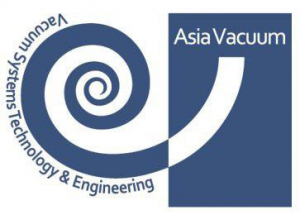I am able to pull a vacuum on my system, but when I blank-off, the micron gauge rises rapidly.
I am able to pull a vacuum on my system, but when I blank-off, the micron gauge rises rapidly.
- Leaks:The most common culprit is a leak in the system (e.g., Schrader valve cores, connections, or the system itself).
- Moisture:Trapped moisture within the system can vaporize under vacuum, causing the pressure to rise.
- Outgassing:Materials within the system, like rubber or certain plastics, can release trapped gases when exposed to a vacuum.
- Pump Issues:The vacuum pump itself might have a leak, or its oil might be contaminated.
- Hose Problems:Hoses can develop leaks or have small amounts of trapped air/moisture that cause a spike.
- Verify the pump: Ensure the pump can achieve a deep vacuum on its own.
- Check hoses: Inspect hoses for kinks, leaks, and proper connections.
- Pressure test: Perform a pressure test before vacuuming to identify gross leaks.
- Standing vacuum test: After pulling a vacuum, isolate the system and monitor the micron gauge for a period of time (e.g., 10 minutes).
- Leak detection: If the pressure rises, use a leak detector (electronic or soap bubble) to pinpoint the leak’s location.
- Moisture removal: If moisture is suspected, consider longer evacuation times, heat, or adding a drier to the system.
- Pump maintenance: Ensure the pump oil is clean and at the correct level.
- Gas ballast: Use the gas ballast feature on the pump (if available) during evacuation to help remove moisture from the oil.
- A proper vacuum is crucial for removing moisture and non-condensable gases from refrigeration systems.
- Moisture can lead to acid formation, component corrosion, and eventual system failure.
- After pulling a vacuum, isolate the system from the pump by closing the appropriate valves.
- Monitor the micron gauge for a period of time (e.g., 10 minutes).
- If the pressure rises rapidly, it indicates a leak or moisture.
- When dealing with complex systems and potential leaks, it is often beneficial to consult with a licensed HVACR technician.
- Experience and apprenticeship are valuable in identifying and resolving issues.
Unless you are using JB`s DV-29, copper tubing, or flexible metal hoses, it is not recommended to use your existing manifold and hoses for blanking-off a system to check for leaks. Hoses work very well under high pressure. Vacuum is very critical in leaks, more so than pressure. All charging hoses, including the black hoses 1/4″ or 3/8″ permeate. Where the crimp is on the brass to the hose also has possible leak issues, and the gasket at the coupler is a major leak offender. The vacuum industry uses O-rings on most couplers. When you screw down on a gasket, it goes into many contortions and will not seal. When using an O-ring, you screw down on it to get a metal to metal seat and the O-ring lies around the lip of the flare giving it a positive seal.



